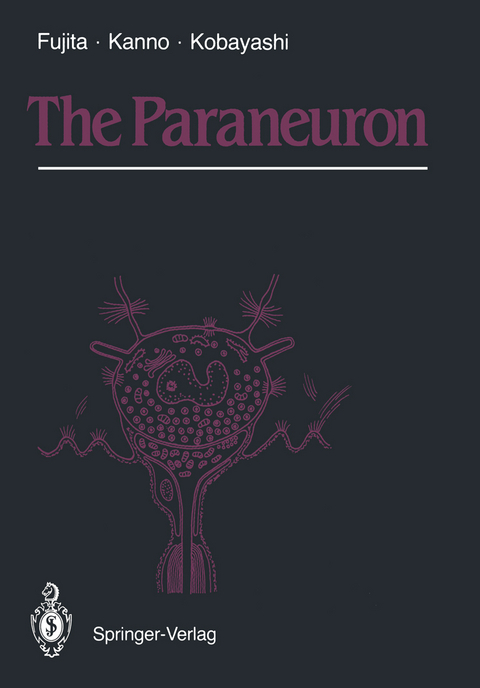
The Paraneuron
Springer Verlag, Japan
978-4-431-68068-0 (ISBN)
I. General Part.- 1. Historical Background.- 2. What are Paraneurons?.- 3. Secretions and Secretory Granules.- 4. Stimulus-Secretion Coupling.- 5. Neurons As Secretory Cells.- 6. Transport of Messenger Substances to Targets.- 7. Effects of Messenger Substances.- 8. Ontogeny and Kinetics of Paraneurons.- 9. Subsidiary Neuronlike Features of Paraneurons.- 10. Neoplasms of Paraneurons: Paraneuromas.- 11. Phylogeny of Paraneurons.- II. Special Part.- 12. Adrenal Chromaffin Cells.- 13. Parafollicular Cells.- 14. Parathyroid Cells.- 15. Adenohypophyseal Cells.- 16. Gastroenteropancreatic Endocrine System.- 17. Urogenital Paraneurons.- 18. Bronchopulmonary Paraneurons.- 19. Carotid Body Chief Cells.- 20. Gustatory Cells in Taste Buds and Related Sensory Cells.- 21. Olfactory Cells.- 22. Inner Ear and Lateral Line Hair Cells.- 23. Merkel Cells in the Skin.- 24. Visual Cells in the Retina.- 25. Pinealocyte.- 26. Melanocytes.- 27. Mast Cells.- 28. Small Intensely Fluorescent (SIF) Cells.- 29. Cerebrospinal Fluid-Contacting Neurons.- 30. Enteric Neurons.- References.- List of Abbreviations.
| Zusatzinfo | 44 Illustrations, black and white; XI, 367 p. 44 illus. |
|---|---|
| Verlagsort | Tokyo |
| Sprache | englisch |
| Maße | 210 x 280 mm |
| Themenwelt | Medizinische Fachgebiete ► Innere Medizin ► Endokrinologie |
| Medizin / Pharmazie ► Medizinische Fachgebiete ► Neurologie | |
| Medizin / Pharmazie ► Studium | |
| Naturwissenschaften ► Biologie ► Humanbiologie | |
| Naturwissenschaften ► Biologie ► Zoologie | |
| ISBN-10 | 4-431-68068-3 / 4431680683 |
| ISBN-13 | 978-4-431-68068-0 / 9784431680680 |
| Zustand | Neuware |
| Haben Sie eine Frage zum Produkt? |
aus dem Bereich


